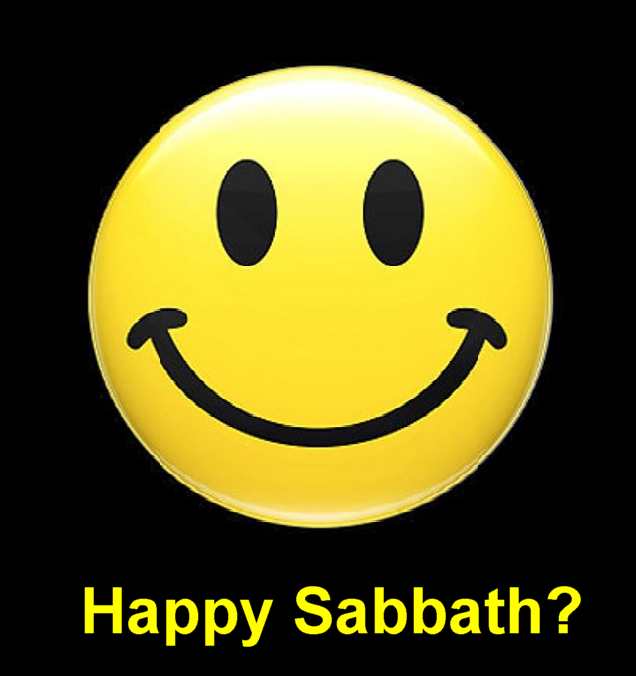The Investigative Judgment
Dale Ratzlaff, Friday, FAF weekend 2013
Summary of the Seventh-day Adventist doctrine of the
Investigative Judgment and the Cleansing of the
Heavenly Sanctuary with supporting references
Supplementary material to my
presentation; emphases are mine
Living by the Spirit of Truth
The Seventh-day Adventist doctrine of the cleansing of the heavenly sanctuary and the investigative judgment teaches that at the ascension Christ entered the outer apartment of the heavenly sanctuary. From that time until 1844, he performed a ministry of intercession and forgiveness analogous to that of the earthly sanctuary’s outer apartment.1 In 1844 Christ entered into the Most Holy Place of the heavenly sanctuary for the first time2,3 to begin a work of investigative judgment.4 This judgment deals only with those who have professed to believe in
Footnotes:
1
“The ministration of the priest throughout the year in the first apartment of the sanctuary, ‘within the veil’ which formed the door and separated the holy place from the outer court, represents the work of ministration upon which Christ entered at His ascension. It was the work of the priest in the daily ministration to present before God the blood of the sin offering, also the incense which ascended with the prayers of Israel. So did Christ plead His blood before the Father in behalf of sinners, and present before Him also, with the precious fragrance of His own righteousness, the prayers of penitent believers. Such was the work of ministration in the first apartment of the sanctuary in heaven.” Ellen G. White, The Great Controversy, p. 420. See also Early Writings, p. 252; Review and Herald, 1850-03-01; 1905-11-09; Spiritual Gifts, Vol. 1, p. 158.
2
It is clear from the earliest records that this was the teaching and belief of early Adventists. In the Hiram Edson Manuscript Fragment, Mr. Edson relates his experience in the field the day after the great disappointment which laid the foundation for the reinterpretation of Miller’s 1844 prophecy which, in turn, laid the foundation for the SDA investigative judgment. “Heaven seemed open to my view, and I saw distinctly and clearly, that instead of our High Priest coming out of the Most Holy of the heavenly sanctuary to come to this earth on the tenth day of the seventh month, at the end of the 2300 days, that he for the first time entered on that day the second apartment of that sanctuary; and that he had a work to perform in the Most Holy before coming to this earth.” See Knight, Rise of
Sabbatarian Adventism, p. 126. Ellen White states, “Thus those who followed in the light of the prophetic word saw that, instead of coming to the earth at the termination of the 2300 days in 1844, Christ then entered the most holy
place of the heavenly sanctuary to perform the closing work of atonement preparatory to His coming.” The Great Controversy, p. 422. “As foreshadowed in the type, and foretold in the Scriptures, Christ, at the time appointed,
entered the most holy place of the temple of God in heaven. He is represented by the prophet Daniel as coming at this time to the Ancient of days: ‘I saw in the night visions, and, behold, one like the Son of man came with the clouds of heaven, and came’—not to the earth, but—’to the Ancient of days, and they brought him near before him.’” Ellen G. White, Southern Watchman 1905-01-24. (In recent years Seventh-day Adventists have recognized this blatant disagreement with Scripture and now state that Christ “was inaugurated as our great High Priest and began His intercessory ministry at the time of His ascension.” See the SDA belief statement listed in the main text at the beginning of chapter 9 in Cultic Doctrine, revised edition. Note, however, that all this says is that Christ became
our High Priest at that time. It does not say that He entered the Most Holy Place. I believe this statement is designed to be somewhat nebulous. By itself it does not explicitly contradict Hiram Edson and Ellen White, which SDAs would not want to do, yet it also allows room for individual interpretation for those who want to make this doctrine agree with Scripture and want Christ in the Most Holy Place at the ascension as taught in Hebrews.)
3
Some Adventists make yet another reinterpretation in trying to harmonize EGW’s statement that Christ entered into the Most Holy Place in 1844 with the teaching of Hebrews 6:19. They state that Christ entered the Most Holy Place at the ascension to dedicate the Most Holy Place and then withdrew to the Holy Place until 1844.
4
“In 1844 our great High Priest entered the most holy place of the heavenly Sanctuary, to begin the work of the Investigative Judgment.” Ellen G. White, Review and Herald, 1887-03-22. “Attended by a cloud of heavenly angels,
our great High Priest enters the holy of holies, and there appears in the presence of God to engage in the last acts of
An examination of the "Investigative Judgment" doctrine by Dale Ratzlaff
Investigative Judgment DoctrineDr. Talbot--An Evangelical Theologian evaluates Adventism from a Biblical Perspective.
Is Adventism Evangelical?The struggle of a life-long Adventist Pastor --Greg Taylor-- as he decides to leave Adventism.
The New CovenantIf I am saved by God, how can I lose eternal life?
1844 Probation and Satan as Scape Goat Doctrine -- Cultic Doctrine (Video Link)

